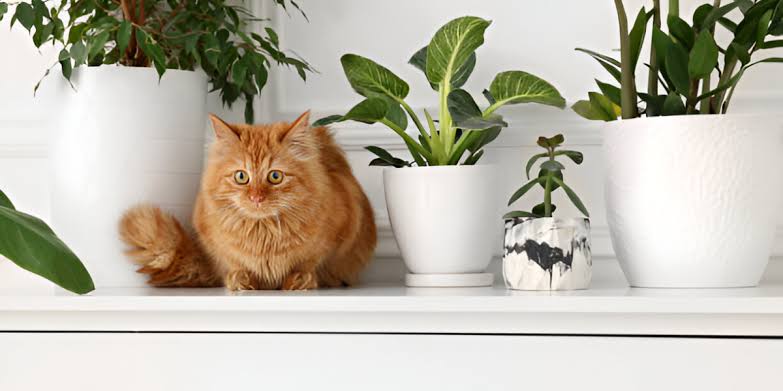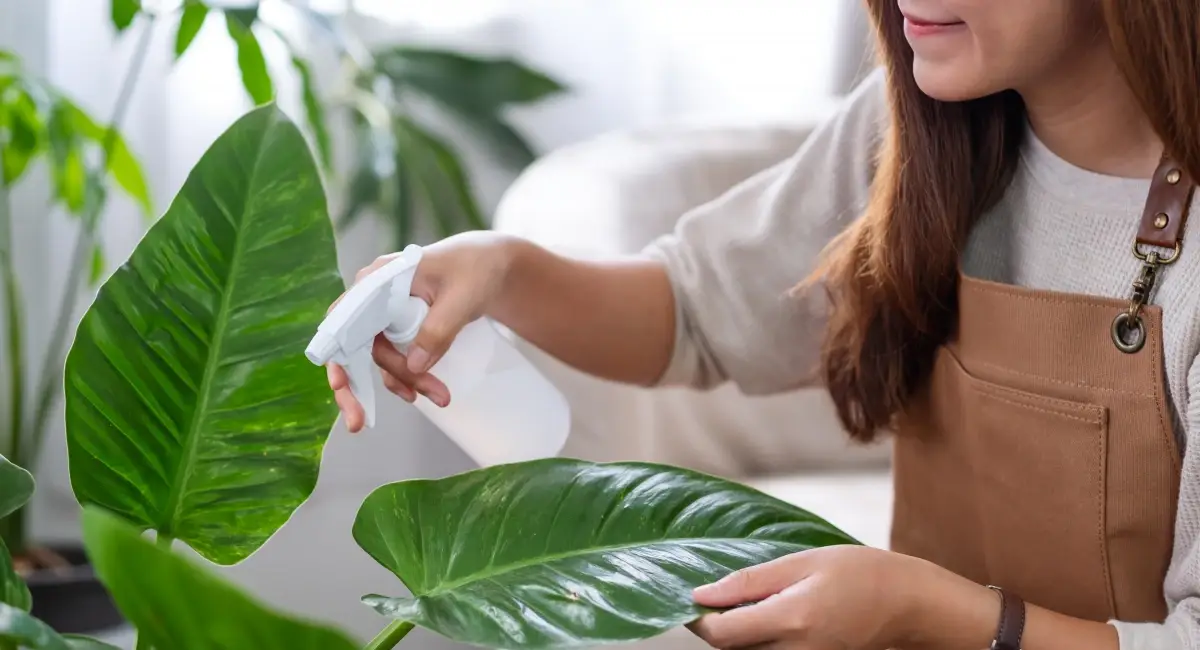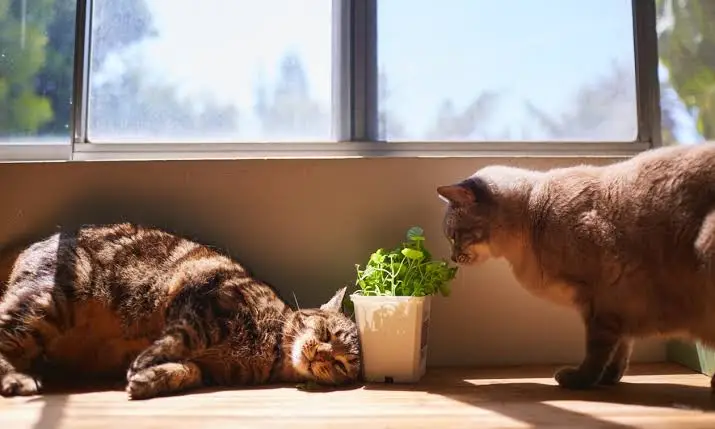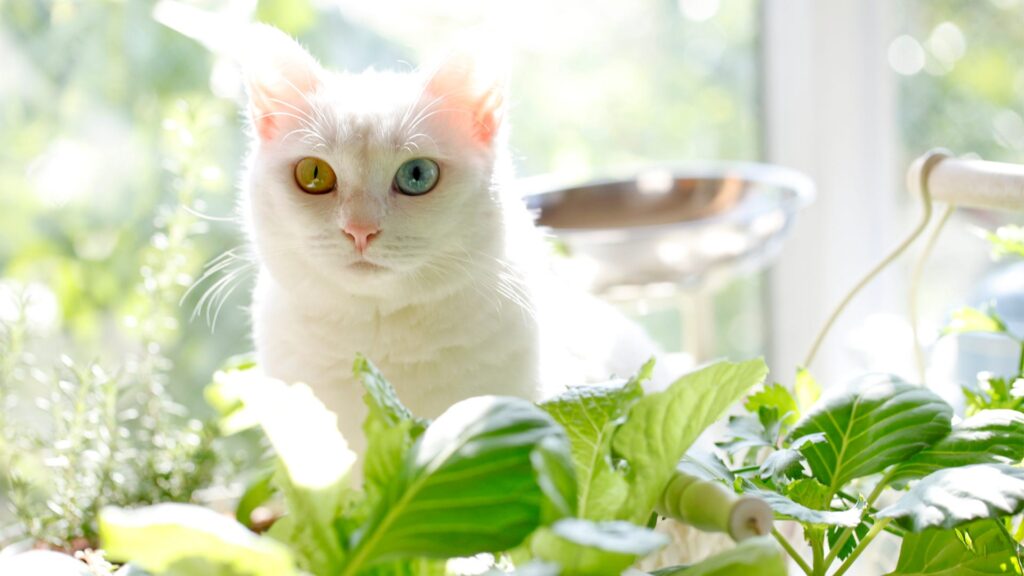Plants safe for dogs and cats: Non-Toxic Plants for Your Pets
Introduction
Being pet owners, protection and welfare of the little friends are always our major concern. Though it is nice to know that houseplants can help add color to your place and clean the air you breathe, it is equally important to learn that a number of other indoor plants are toxic to dogs and cats once ingested. But you are wrong there are many beautiful houseplants that can be safely incorporated in your house with your pets and everyone will be happily living.
In this article, we are going to study the principles of choosing houseplants for pet owners,’t forget about the care of the chosen plants heal and provide some tips on the selection of plants that are safe for both dogs and cats.
Understanding Plants safe for dogs and cats:
Let me start with general points to note before I get down to giving recommendations of the plants that are safe for your pet. Some plants produce chemicals or compounds in them that are fatal if consumed. They can make an animal sick by vomiting, having diarrhea, or being overly tired, or in some cases, damage their liver or kidneys.
A pet safe plant is a plant that will not easily pose any danger to pets because it is free from substances like saponins, oxalates and alkaloids which are proponents of toxicity among pets. The plant may give slight skin rash or upset tummy if ingested, however, they are not toxic.

Top 10 Non-Toxic Houseplants for Dogs & Cats
Here is a list of popular houseplants that are safe for dogs and cats, so you can enjoy nature indoors without worrying about your pets:
1. BOSTON FERN (Nephrolepis exaltata)
- Description: A large and showy fern that prefers the indoors with indirect light and plenty of humidity.
- Benefits: Gives natural touch and makes your abode to have a natural look.
- Safety: Cats and dog friendly, can be used 100% without any harm.
2. Areca Palm (Dypsis lutescens)
- Description: A green plant palm with feathery and arching fronds.
- Benefits: Used for larger areas and can reach growth of up to 6 feet tall.
- Safety: Non-toxic and safe for pets.
3. Spider Plant (Chlorophytum comosum)
- Description: It is also easy to grow and has long green leaves with white midribs.
- Benefits: Said to do very good in removing air borne particles.
- Safety: Harmless to the cats and dogs.

4. Prayer Plant (Maranta leuconeura)
- Description: Popular for its beautiful patterned leaves which close at night.
- Benefits: A lovely and easily grown vine that prefers filtered light.
- Safety: Safe for dogs and cats.
5. Calathea (Calathea spp.)
- Description: Calathea is an eye-catching plant with patterned leaves – many of them painted in orange-brown or burgundy.
- Benefits: It prefers less watering and grows perfectly in areas with little or no light.
- Safety: Non-toxic to cats and dogs.
6. Bamboo Palm (Chamaedorea seifrizii)
- Description: It principally has soft palms and curved appearance that bestows a natural touch to any room in your house.
- Benefits: Very effective for enhancing the quality of the air.
- Safety: Safe for both dogs and cats.

7. African Violet (Saintpaulia)
- Description: An ornamental plant that has nice purple, blue or white flowers on it.
- Benefits: Brings life and liveliness into your home.
- Safety: Totally harmless to cats and dogs.
8. Parlor Palm (Chamaedorea elegans)
- Description: An ornamental palm with short costapalmate leaves, dark green in colour.
- Benefits: Low maintenance and best suited to grow in areas with little light exposure.
- Safety: Non-toxic to cats and dogs.
9. Maranta (Maranta leuconeura)
- Description: It goes by the other name of prayer plant and it has definitely unique and patterned leaves that are folded when the sun sets.
- Benefits: An appropriate plant for a small space which does not require a lot of attention.
- Safety: Safe for both cats and dogs.
10. Herbs (Basil, Mint, Parsley, Thyme)
- Description: Some of the indoor herbs include basil, mint and parsley among other types of plants.
- Benefits: They are perfect for use in the kitchen and are also pet friendly.
- Safety: Covington also notes that dandelions are safe for cats and dogs when grown in moderation.
Pet- Friendly Houseplants
Engaging in the process of choosing plants safe for pets is not enough but must be followed by proper care to support plant’s growth. Here’s a simple guide to plant care for pet-safe plants:

1. Light Requirements
- Low Light: It also prefers low light and the plants that grow here include **parlor palm** and **boston fern.
- Indirect Bright Light: Other easy-to-care plants to have at the work space include **spider plants** and prayer plants which prefer bright, indirect light.
- Direct Sunlight: As we know there are only a few plants such as **African Violets** that should be placed singly in direct sunlight.
3. Humidity and Temperatur
The majority of houseplants and even the pet friendly houseplants are comfortable in a 40-60% humidity.
Few examples to be avoided are placing plants near heaters, A/ C vents or drafty windows since they stress the plant and dry up the foliage.
3. Watering

Agriculture – This is the process of maintaining plants through irrigation however extra careful in irrigating your plants. It is also important to give the pot good drainage to help avoid root rot.
In the spring and summer, for example, plants will require more water than they will in the colder months because many are actively growing. In fall and winter, it is better to minimize watering because the rate of the plant’s growth is lower.
4. Fertilizin
Use a balanced liquid fertilizer to the plants and apply them once a month when they are in the growing season.
Remember to trip your plants using plant foods which do not contain any toxic material that is dangerous to your pets.
Table: Comparison of Pet-Safe Plants
| Plant Name | Light Requirement | Size | Toxic to Pets? | Watering Frequency |
|---|---|---|---|---|
| Spider Plant | Indirect light | Up to 2 feet | No | Weekly |
| Boston Fern | Low to moderate light | 1-3 feet | No | Bi-weekly |
| Areca Palm | Bright, indirect light | 5-6 feet | No | Weekly |
| Prayer Plant | Moderate light | 1-2 feet | No | Weekly |
| Calathea | Low to moderate light | 1-2 feet | No | Weekly |
| Bamboo Palm | Bright, indirect light | 4-6 feet | No | Bi-weekly |
| African Violet | Bright, indirect light | 6-9 inches | No | Bi-weekly |
| Parlor Palm | Low to moderate light | 2-4 feet | No | Bi-weekly |
| Maranta | Moderate light | 1 foot | No | Weekly |
| Herbs (Basil, Mint) | Bright, indirect light | Varies (small) | No | Weekly |
FAQs:
1. Is all plants safe for pets?
No, many plants are toxic such as saponin containing plants, alkaloid containing plants , and oxalate containing plants which are poisonous to your pet animals if consumed. Do not introduce inside your home any plant that you are not very sure is safe for you or your children.
2. Is it possible to place plants anywhere within the reach of the pets?
They should be placed in areas that the pet animals cannot have easy access to the plants. Try to locate the plant where it will not easily be accessed or possibly try hanging the plant.
3. What should I do when my pet consumes some plant?
If you think that your pet has ate a poisonous plant, you should call your veterinarian at once. They can help with such diagnoses and the choice of further therapy.
4. Can herbs be safe for pets?
Yes! Most of the herbs such as basil, mint, parsley, and thyme are safe to be used with cats and dogs. As long as they are grown naturally and without the use of pesticides, raft it.

Conclusion
The inclusion of houseplants in your home need not be a lethal affair if you have pets at home. Basically, if you do adequate research you can find plants that will beautify your home whilst at the same time not harming your dogs and cats. Starting with the almost indestructible spider plant to the Bamboo palmthat helps clean the air, there are numerous possibilities now for plants that will not only be safe for your pets but also beneficial for you!
Always remember to water your plants and also always ensure that you choose pet safe plants for your animals’ sake. Happy planting!
Pet-safe houseplants

